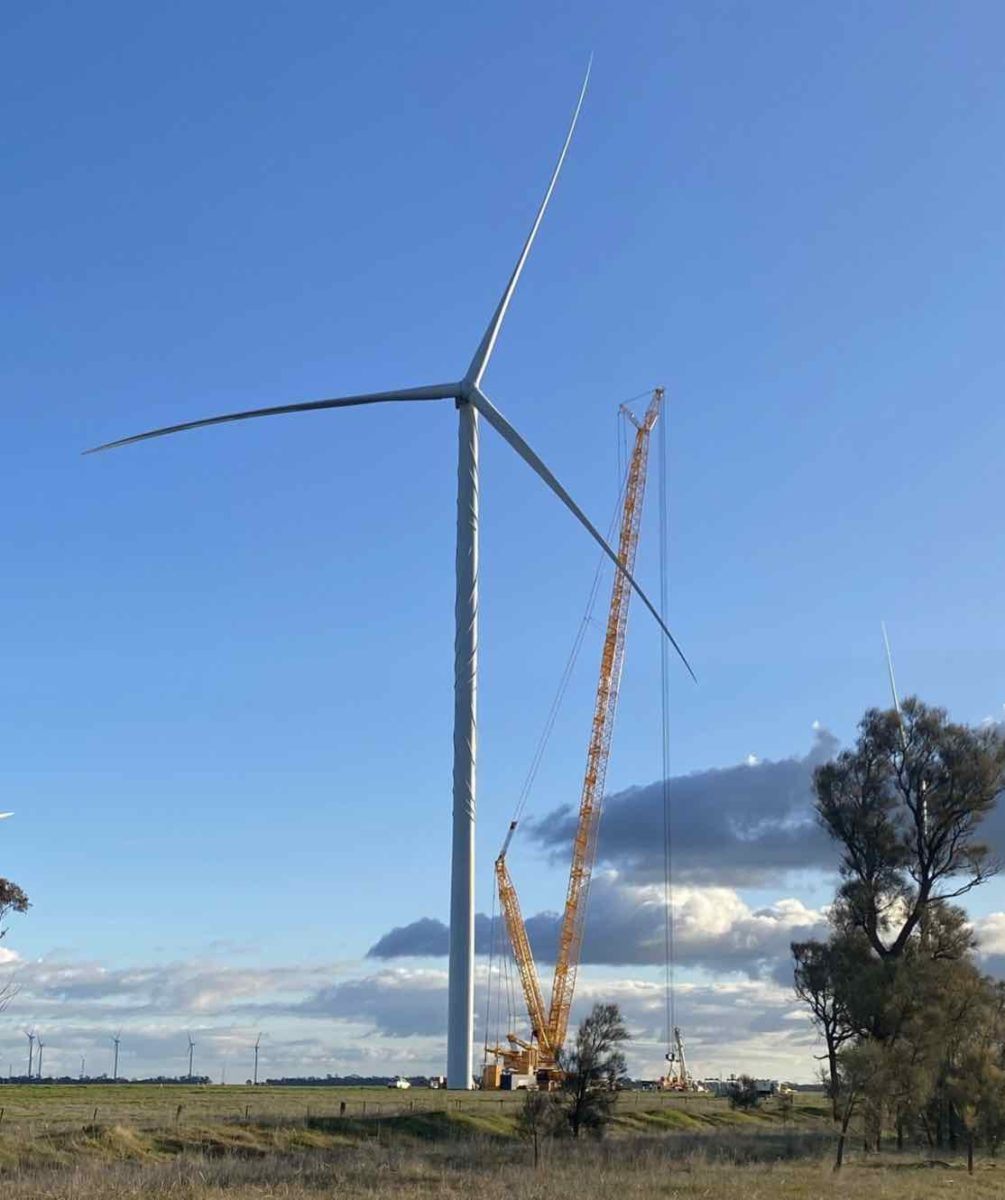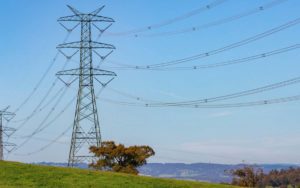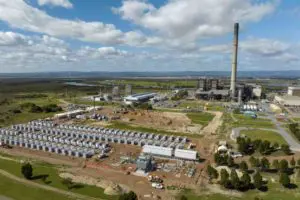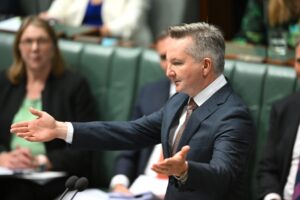One of the largest infrastructure investment and asset managers in the world, an industry superfund-owned behemoth with around $200 billion under management, is turning its focus to the “massive investment opportunity” of renewable energy – but not in its home market.
Melbourne-based IFM Investors has tipped more than $2 billion into pure-play renewables investments over the past two years, according to Marigold Look, IFM’s executive director of infrastructure, as it taps the rich vein that is the global energy transition.
But, as Look told the 2024 Clean Energy Investor Conference in Melbourne on Monday, so far these investments have all been made in overseas markets, and not in Australia – at least, not yet.
“Energy transition is a key area of focus for us, obviously, because of the massive scale of investment opportunity it presents, and we think about it in two ways,” Look told the conference.
“Firstly, it’s around how can we transition and decarbonise our existing assets, and what investments we can make to support those assets to decarbonise and secondly, … around the massive investment opportunity and how can we capitalise on … [the] massive transformation that needs to happen across many industries.
“We have invested over $2 billion in renewables, or renewable fuels investments globally, and that’s in pure …renewable platforms. …They are all overseas, not in Australia, I have to say, and that’s primarily in Europe and in the US.”
The comments follow a grim progress report from Bloomberg New Energy Finance, which earlier this month described the rate of investment in solar, wind, storage and transmission in Australia as “sluggish, slow and anaemic.”
Despite a more climate-forward federal government, and a national target of 82 per cent renewables by 2030, investors are spooked by Australia’s slow planning approvals, slow connections, supply chain hiccups, surging civil construction costs, social licence issues and a surge in political and media attacks.
In a discussion with Simon Corbell, the former chair and CEO of Australia’s Clean Energy Investor Group, Look said there was an appetite to do more in the Australian market, but investing capital on behalf of industry superfund members meant seeking out the best risk adjusted returns.
“So as infrastructure investors, our focus is on certainty and predictability …In these markets, particularly in Europe and also in the US, the renewables market is much more mature.
“What we see in those markets is a more established system of subsidies and regulations…particularly with policies that support more energy security and more renewables.
“Europe in particular, had the EU renewable energy directive, which means …there’s a time frame required for permitting of projects within two years.
“[And] in the US, there’s policy reform around connection queues, so really making it more expensive … [to] focus on more high quality projects being placed into the… queue and flushing out a lot of the lower quality, less well capitalised projects to help speed up that process as well.
“On top of that, we’re also seeing corporates and governments supporting further build out of renewables through [power purchase agreements], long term PPAs. And that’s a little bit of a difference in terms of what we see compared to Australia.”
Look cites an example from Europe, where a 20-year PPA was recently signed between Google and one of the renewable energy projects developer by Italian outfit ERG Group, in which IFM has a stake.
In another example, this time from the US, an IFM-managed renewables platform called Swift Current Energy is building one of north America’s largest solar farms outside Chicago, in Illinois, that is contracted to the local government.
“It’s called the Double Black Diamond solar farm, and much of that energy is being supplied to the City of Chicago,” Look explains.
“So the city of Chicago has a goal of 100% renewable power by 2025, so that solar farm will be supplying green power to …its airport, libraries, other buildings.
“So they’ve signed a long-term power purchase agreement as well. So we see …that the length of the PPAs that we can achieve in offshore markets is significantly longer than in Australia.”
Look says Australia is “moving in the right direction in terms of policy,” but is not quite there yet – and, to this end, IFM has published some recommendations to government around policies that can support further renewables investment.
The 2023 Policy blueprint to facilitate superannuation investment includes a number of recommendations around timing of solar and wind farm permitting and processes and how to speed them up, as well as on how to speed up investment in the transmission build out.
“Some of the issues that we’ve talked about, in terms of renewables and the risks we face as … equity investors, include things like …the lack of transmission and being able to connect a project to the grid and the delay risks, etc,” Look said.
She says one of the suggestions from the policy blueprint is to get more projects connected included allowing distribution companies like Ausgrid to build transmission as well, which – as Look notes – they are currently not able to do.
For now, however, Look says capital invested on behalf of industry superfund members needs to offer the best risk adjusted returns, and that has meant looking elsewhere.
“From a direct investment perspective, we have found it more attractive in other markets,” she told the conference.
“In Australia, we think there’s a significant opportunity. There’s definitely appetite to invest here as well – and I guess that was the reason for the [energy policy] blueprint and the recommendations, because we think by working collaboratively with government, we can unlock further investment opportunity in the Australian market.”










